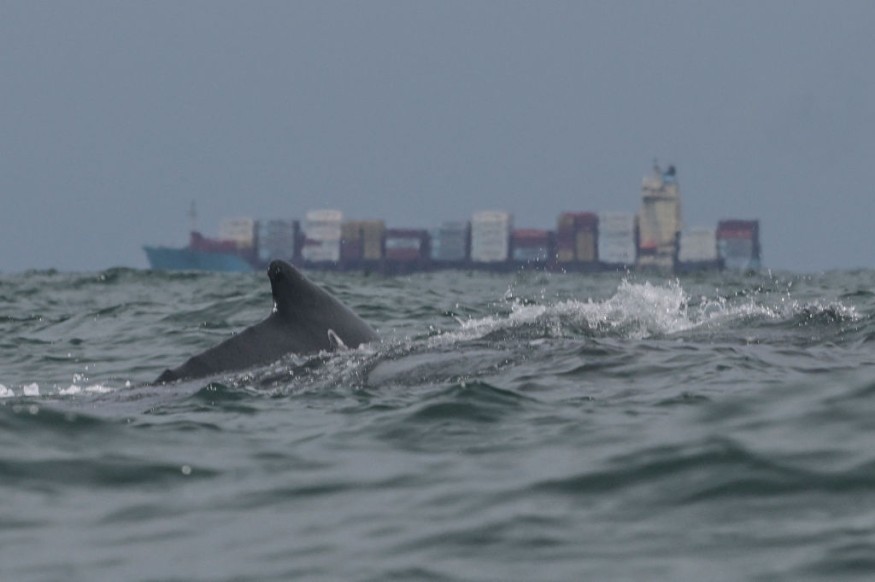A humpback whale known as the Bladerunner was spotted just south of Eden in New South Wales.

An avid photographer, Tracey Harris, captured the rare sightings of the whale while she was on a commercial cruise boat, and she immediately saw something peculiar about the whale through her lens.
"I kept photographing her and she kept moving just on the surface of the water and then her back came up even higher, so I kept the focus on her, and then the tail came up and that's when I saw the chunks out of her, I thought 'oh my gosh'," she said, adding that the whale's battle scars looked like a tiger.
Propeller scars reminder of human impact
Duane March, leader of the NSW National Parks and Wildlife Service's (NPWS) marine wildlife section, said Bladerunner is iconic not only because of its huge scars but also because of the terrible fact that the scars represent the impact of humans on animals.
Bladerunner has distinctive 30-centimeter-deep scars along her left side and right tail fluke after she collided and was cut by a ship's propeller in Sydney in 2001.
"It's a really distinct, really traumatic injury that has been inflicted by human activity," March said.
March said it was difficult to say how long it took the humpback whale to recover from its injuries, but that it was most likely "months" due to the biological nature of blubber.
He is also amazed at the fact that Bladerunner has continued to live after two decades since the incident and describes it as a "bittersweet" triumph.
"It's a real testament to the resilience of the animals," he added.
While taking the image was a joyful experience for Harris, she was "sickened" by the thought of the creature having to bear the damage.
"I can't even imagine how she survived it to be honest, she's a miracle whale," she said.
Since the propeller strike more than two decades ago, the humpback whale has been observed multiple times around the east coast.
In 2013, the whale was reported to have been seen with a calf.
Whale vessel collision
Whaleship collisions have been a significant concern for large cetaceans.
In a study in 2021, collisions killed 20 times more whales than the contentious practice of whaling or whale hunting.
Every year, up to 20,000 whales perish as a result of fatal collisions with vessels.
The sight of a dead whale stuck in the bow of a massive container represents this catastrophe, yet, most of the time, their bodies sink without leaving a trace that may demonstrate the extent of this phenomenon.
Some places with whale-protective speed limits or guidelines implement a limit of 10 knots or 18.5 km/h for ships. The figure is based on a variety of studies that compared deadly strikes to purported non-fatal strikes.
The data showed that at 10 knots, the probability of a whale dying from a strike is roughly 50%, compared to a near-certainty of death at double the speed.
Related Article: Rare Discovery: Elusive Omura Whale Spotted On Great Barrier Reef for the First Time [Video]
Related Video:
© 2025 NatureWorldNews.com All rights reserved. Do not reproduce without permission.





